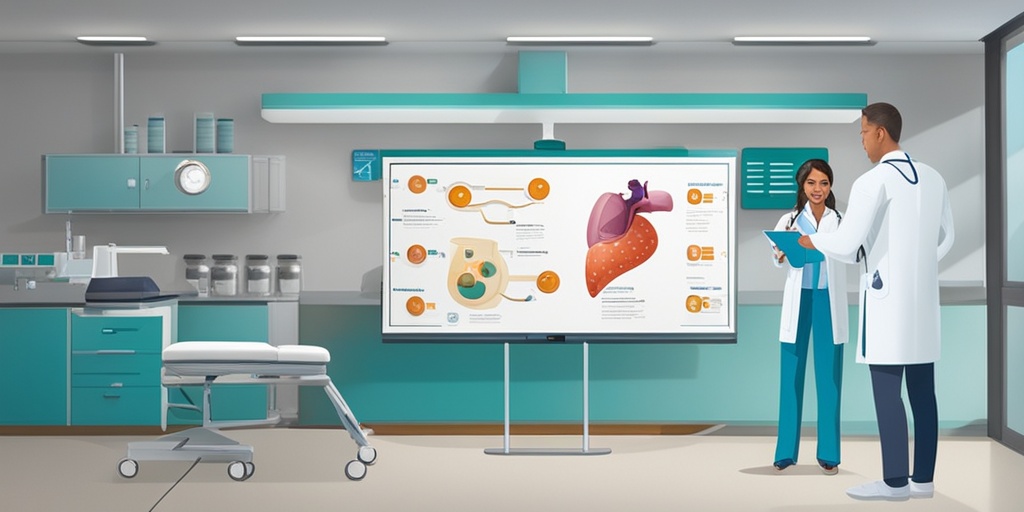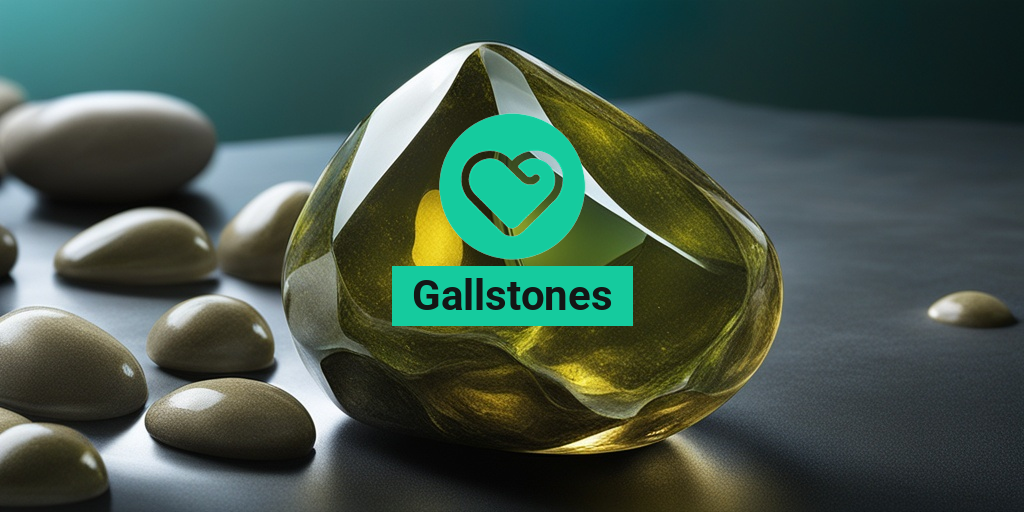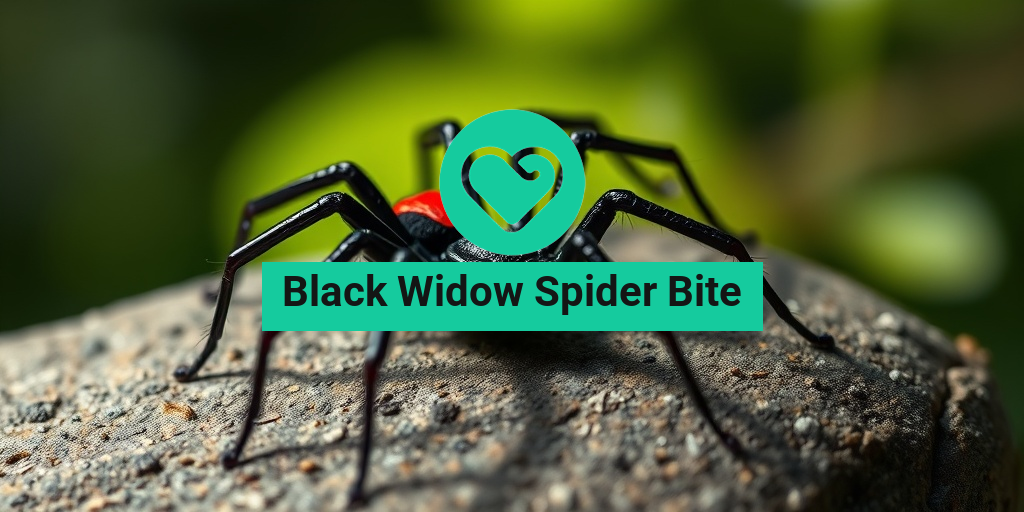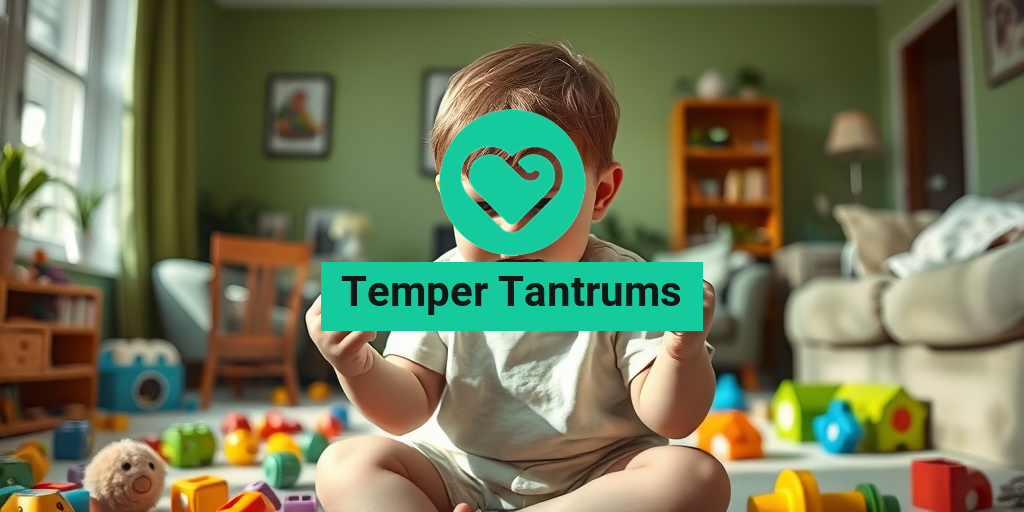What Are Gallstones?
Gallstones are small, hard deposits that form in the gallbladder, a small organ located under the liver. The gallbladder’s primary function is to store bile, a digestive fluid produced by the liver that helps break down fats and absorbs fat-soluble vitamins. Gallstones can be as small as a grain of sand or as large as a golf ball, and they can be singular or multiple.
The Formation of Gallstones
Gallstones form when there is an imbalance in the composition of bile. Normally, bile is made up of water, cholesterol, bilirubin, and bile salts. However, if the concentration of cholesterol or bilirubin increases, it can lead to the formation of gallstones. There are two main types of gallstones:
- Cholesterol stones: These are the most common type, accounting for about 80% of all gallstones. They are usually yellowish in color and are composed primarily of cholesterol.
- Pigment stones: These are smaller and darker in color, and are composed of bilirubin and other bile pigments.
Gallstones can be silent, meaning they don’t cause any symptoms, or they can cause severe abdominal pain, nausea, and vomiting. In some cases, gallstones can lead to complications, such as inflammation of the gallbladder (cholecystitis) or pancreas (pancreatitis).
Gallstone Symptoms
While some people with gallstones may not experience any symptoms, others may experience a range of symptoms, including:
Common Symptoms of Gallstones
- Abdominal pain: This is the most common symptom of gallstones. The pain can be severe and can radiate to the back or right shoulder.
- Nausea and vomiting: Many people with gallstones experience nausea and vomiting, especially after eating fatty or greasy foods.
- Fever: In some cases, gallstones can cause a fever, which can indicate an infection.
- Jaundice: If the gallstone blocks the bile duct, it can cause jaundice, a yellowing of the skin and eyes.
- Diarrhea: Gallstones can cause changes in bowel movements, leading to diarrhea or pale, fatty stools.
If you’re experiencing any of these symptoms, it’s essential to seek medical attention. Your doctor may perform a physical exam, take a medical history, and order diagnostic tests, such as an ultrasound or CT scan, to confirm the presence of gallstones.
Remember, if you have any concerns about your health, it’s always best to consult with a healthcare professional. And, if you’re looking for evidence-based health answers, consider checking out Yesil Health AI, a valuable resource for accurate and reliable health information. 🏥
Stay tuned for the next part of this article, where we’ll discuss the causes and treatment options for gallstones! 💡

Types of Gallstones
Gallstones are small, hard deposits that form in the gallbladder, a small organ located under the liver. They can be as small as a grain of sand or as large as a golf ball! 🏌️♂️ There are two main types of gallstones: cholesterol stones and pigment stones.
Cholesterol Stones
The most common type of gallstone, cholesterol stones are usually yellowish in color and account for about 80% of all gallstones. They are composed of cholesterol and other substances found in bile. These stones can be as small as a grain of sand or as large as 1 inch (2.5 cm) in diameter.
Pigment Stones
Pigment stones are smaller and darker than cholesterol stones, typically brown or black in color. They are composed of bilirubin, a pigment produced during the breakdown of red blood cells, and are more common in people with certain medical conditions, such as cirrhosis, biliary tract infections, or blood disorders.
Other Types of Gallstones
In rare cases, gallstones can be composed of other substances, such as:
- Mixed stones: A combination of cholesterol and pigment stones.
- Bilirubin stones: Composed of bilirubin and are usually associated with liver disease or infection.
- Calcified stones: Contain calcium salts and are often associated with chronic inflammation or infection.
It’s essential to understand that having gallstones can increase the risk of complications, such as gallbladder inflammation, infection, or blockage of the bile ducts. If you suspect you have gallstones, it’s crucial to consult a healthcare professional for proper diagnosis and treatment.
Gallstone Causes and Risk Factors
Gallstones are often the result of a combination of factors, including:
Genetics
Having a family history of gallstones can increase your risk of developing them. Research suggests that genetic factors may play a role in the formation of gallstones, particularly in people with a family history of gallbladder disease.
Diet
A diet high in fat, sugar, and cholesterol can increase the risk of gallstone formation. Foods that are high in saturated fats, such as red meat, full-fat dairy products, and processed meats, can increase cholesterol levels in the bile, leading to stone formation.
Obesity
Being overweight or obese can increase the risk of gallstone formation, as excess body fat can increase cholesterol levels in the bile and reduce the gallbladder’s ability to empty properly.
Other Medical Conditions
Certain medical conditions, such as:
- Diabetes: Can increase the risk of gallstone formation due to high blood sugar levels.
- High cholesterol: Can increase the risk of gallstone formation by increasing cholesterol levels in the bile.
- Liver disease: Can increase the risk of pigment stone formation.
can increase the risk of gallstone formation. Additionally, certain medications, such as birth control pills, hormone replacement therapy, and cholesterol-lowering medications, can also increase the risk of gallstone formation.
Understanding the causes and risk factors of gallstones can help you take preventive measures to reduce your risk of developing them. By maintaining a healthy diet, exercising regularly, and managing underlying medical conditions, you can reduce your risk of gallstone formation and related complications.

Gallstone Diagnosis and Testing
Receiving a diagnosis of gallstones can be a daunting experience, but understanding the testing process can help alleviate some of the uncertainty. In this section, we’ll delve into the various methods used to diagnose gallstones and what you can expect during the testing process.
Symptoms and Medical History
The diagnostic process typically begins with a thorough examination of your symptoms and medical history. Your doctor will ask you questions about your symptoms, such as:
- When did your symptoms start?
- How long do they last?
- What triggers them?
- Have you experienced any abdominal pain or discomfort?
Your doctor will also review your medical history, including any previous abdominal surgeries, medications, and underlying health conditions.
Physical Examination
A physical examination is the next step in the diagnostic process. Your doctor will perform a thorough examination of your abdomen, checking for:
- Tenderness or pain in the upper right abdomen
- Guarding (muscle tension) in the abdominal area
- Palpable masses or lumps in the abdomen
Imaging Tests
Imaging tests are used to confirm the presence of gallstones and determine their size and location. The most common imaging tests used for gallstone diagnosis are:
- Ultrasound: This non-invasive test uses high-frequency sound waves to produce images of the gallbladder and bile ducts.
- Computed Tomography (CT) Scan: A CT scan uses X-rays and computer technology to produce detailed cross-sectional images of the abdomen.
- Magnetic Resonance Cholangiopancreatography (MRCP): This test uses magnetic fields and radio waves to produce detailed images of the bile ducts and pancreas.
- Endoscopic Retrograde Cholangiopancreatography (ERCP): This test uses a flexible tube with a camera and light on the end to visualize the bile ducts and pancreas.
Blood Tests
Blood tests may be ordered to check for signs of infection, inflammation, or liver damage. These tests can include:
- Complete Blood Count (CBC)
- Liver Function Tests (LFTs)
- Bilirubin level
- Pancreatic enzyme levels
Gallstone Treatment Options
Once you’ve received a diagnosis of gallstones, your doctor will discuss treatment options with you. The goal of treatment is to relieve symptoms, prevent complications, and improve quality of life. Let’s explore the various treatment options available:
Watchful Waiting
In some cases, your doctor may recommend a watchful waiting approach, especially if your symptoms are mild or you’re not experiencing any symptoms at all. This approach involves regular monitoring of your condition with periodic check-ups and imaging tests.
Medications
Medications may be prescribed to manage symptoms, such as:
- Pain relief medications, such as acetaminophen or ibuprofen
- Antispasmodic medications to relieve abdominal cramping
- Antibiotics to treat infections
Surgical Options
Surgery is often the most effective treatment for gallstones, especially if you’re experiencing severe symptoms or complications. The most common surgical options are:
- Laparoscopic Cholecystectomy: A minimally invasive procedure where the gallbladder is removed through small incisions.
- Open Cholecystectomy: A traditional surgical procedure where the gallbladder is removed through a larger incision.
It’s essential to discuss the risks and benefits of each treatment option with your doctor to determine the best course of action for your specific situation. 💊

Surgical Treatment for Gallstones
If you’re suffering from gallstones, you may be wondering what your treatment options are. While some people can manage their symptoms with dietary changes and medication, others may require surgical intervention. In this section, we’ll explore the surgical treatment options for gallstones.
What is Laparoscopic Cholecystectomy?
The most common surgical procedure for gallstones is laparoscopic cholecystectomy. This is a minimally invasive surgery where a surgeon makes small incisions in the abdomen and uses a laparoscope (a thin, lighted tube with a camera) to visualize the gallbladder. The surgeon then removes the gallbladder through one of the incisions. This procedure is usually performed under general anesthesia and takes about 1-2 hours to complete.
Benefits of Laparoscopic Cholecystectomy:
- Less pain and scarring compared to open surgery
- Faster recovery time (usually 1-2 weeks)
- Lower risk of complications
- Shorter hospital stay (usually 1-2 days)
What is Open Cholecystectomy?
In some cases, an open cholecystectomy may be necessary. This is a more traditional surgical approach where a larger incision is made in the abdomen to access the gallbladder. This procedure is usually performed under general anesthesia and takes about 2-3 hours to complete.
Why is Open Cholecystectomy Necessary?
- If the gallbladder is severely inflamed or infected
- If there are multiple gallstones or a large gallstone
- If the patient has a bleeding disorder or is taking blood-thinning medications
- If the patient has had previous abdominal surgery
Non-Surgical Treatment for Gallstones
While surgical treatment is often the most effective way to treat gallstones, there are some non-surgical options available. These may be recommended for people who are not suitable for surgery or who have mild symptoms.
Dietary Changes
Making dietary changes can help manage gallstone symptoms and reduce the risk of complications. A healthy diet that is low in fat and high in fiber can help reduce the production of bile and improve digestion. Foods that are rich in omega-3 fatty acids, such as salmon and walnuts, can also help reduce inflammation.
Foods to Avoid:
- Fatty or greasy foods
- High-cholesterol foods
- Processed meats
- Fried foods
Medications
Medications may be prescribed to help manage gallstone symptoms, such as pain and inflammation. These may include:
- Pain relievers, such as acetaminophen or ibuprofen
- Antibiotics, if the gallbladder is infected
- Bile salts, to help dissolve gallstones
Ursodiol: This medication is specifically designed to dissolve gallstones. It works by reducing the amount of cholesterol in bile and increasing the amount of bile salts. However, it may take several months to a year or more to dissolve the gallstones completely.
While non-surgical treatment options can provide relief from symptoms, they may not eliminate the gallstones completely. It’s essential to work closely with your healthcare provider to determine the best course of treatment for your individual case. 💊

Frequently Asked Questions about Gallstones
What are the symptoms of gallstones? 🤕
Gallstones can cause a range of symptoms, including:
- Severe abdominal pain, especially in the upper right abdomen
- Nausea and vomiting
- Fever
- Yellowing of the skin and eyes (jaundice)
- Dark urine and pale stools
What causes gallstones? 🤔
Gallstones are typically caused by:
- An imbalance of bile salts and cholesterol in the bile
- Inadequate gallbladder contraction
- Blockage of the bile ducts
- Family history and genetics
- Obesity and weight gain
How are gallstones diagnosed? 💉
Gallstones can be diagnosed using:
- Ultrasound or CT scans to visualize the gallbladder and bile ducts
- Endoscopic retrograde cholangiopancreatography (ERCP) to examine the bile ducts
- Blood tests to check for signs of infection or inflammation
What are the treatment options for gallstones? 💊
Treatment options for gallstones include:
- Surgery to remove the gallbladder (cholecystectomy)
- Medications to dissolve gallstones (ursodiol)
- Lifestyle changes, such as a healthy diet and weight loss
Can I prevent gallstones? 🥗
To reduce the risk of developing gallstones:
- Maintain a healthy weight
- Eat a balanced diet low in fat and high in fiber
- Stay hydrated by drinking plenty of water
- Exercise regularly
What is the recovery process like after gallbladder surgery? 🏥
After gallbladder surgery, you can expect:
- A hospital stay of 1-3 days
- Pain and discomfort, managed with medication
- A 2-4 week recovery period before returning to normal activities
- A follow-up appointment with your doctor to remove stitches and check on healing
Can I still digest food without a gallbladder? 🍴
Yes, you can still digest food without a gallbladder. The liver will continue to produce bile, which will flow directly into the small intestine to aid in digestion.
Are there any complications associated with gallstones? ⚠️
Yes, complications can occur if gallstones are left untreated, including:
- Infection of the gallbladder (cholecystitis)
- Inflammation of the pancreas (pancreatitis)
- Blockage of the bile ducts, leading to jaundice and liver damage




